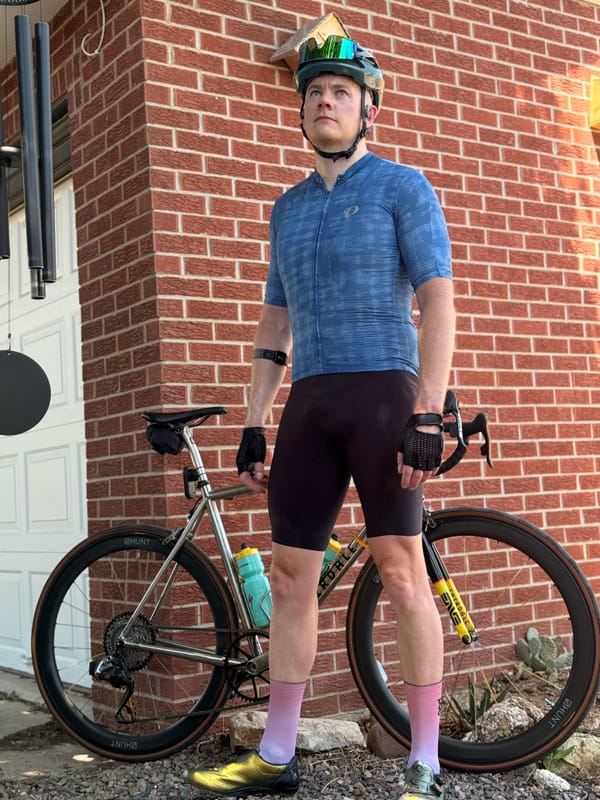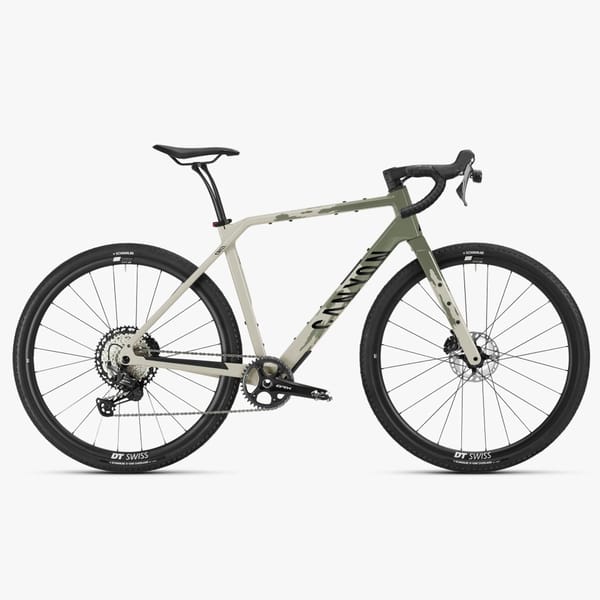That EPO Study Everyone is Talking About is Junk
By now, you’ve seen the headlines:
- “Study Shows Doping Drug EPO Gives No Edge to Serious Cyclists” (AP, via ESPN)
- “Blood Doping Doesn’t Work – For Amateurs, Anyway” (AFP)
- “Lance Armstrong’s drug of choice, EPO, ‘doesn’t work’, scientists claim” (The Telegraph)
The study driving this news cycle was published in the British Journal of Clinical Pharmacology, in it researchers reported that “there is no scientific basis to conclude rHuEPO has performance enhancing properties in elite cyclists.” But should you believe them? Nope, absolutely not.
It’s hard to pinpoint exactly where the study went wrong, but the underlying issue is that the researchers seem to have absolutely no clue how a race is won.
Although rHuEPO treatment improved a laboratory test of maximal exercise, the more clinically relevant submaximal exercise test performance and road race performance were not affected.
The truth couldn’t be further from the researchers assertion here. After reviewing the existing literature on EPO, the researchers found that a doping regimen with EPO can lead to between a 7 and 9.7 percent increase in VO2 max, with an “increase in performance estimated by a time-to-exhaustion test of … 9.4 percent (versus 1.5 percent in placebo-treated subjects) and 16.6 percent in trained subjects.”
This makes perfect sense, EPO is a naturally-produced hormone that regulates red blood cell production. Red blood cells carry oxygen, with the availability of oxygen being a limiting factor in endurance performance it only makes sense that more red blood cells would equate to increased performance.
The researchers actually agree with all of this. Astonishingly though, they weren’t convinced that EPO would have an effect on race-day performance because “cyclists only work a small amount of time at their peak intensities.”
Wait, what? Sure, most of the miles ridden in the Tour de France, for example, are ridden well below VO2 max, but the 2,000 mile plus TdF is won by a handful of maximal effort performances in time trials or on mountain finishes. In fact, in most races you can point to a moment or two of extreme effort that separated the winner from the rest.
Other issues with the study in no particular order:
- the EPO group did actually improve compared to the placebo group; their hemoglobin concentration, maximal power output and VO2Max, all tested higher than the placebo group.
- The authors measured, but did not control, the training programs of the study subjects. They assessed only hours (average 5-6/week) trained, distance (average 185-200km/week) and overall average power output during rides.
- Mont Ventoux, the site of the field test, had winds at the summit in excess of 85 kph, or 52mph, and two riders from each group were unable to complete the ride due to exhaustion. Despite the study calling the test a sub-maximal effort?
The effect of EPO likely depends entirely on what you’re measuring, and the authors of this study focused on a silly metric: sub-maximal effort doesn’t have as much to do with performance in actual races.
Additionally, the limiting factor to performance in recreational subjects is likely to be different to professional riders. This is one detail the study seems to actually get right: There are essentially no studies on really, really elite people. So, don’t go giving Lance Armstrong a free pass.





